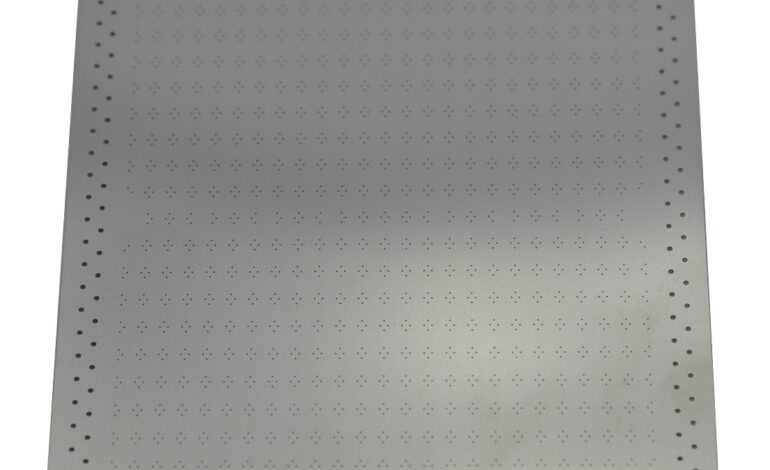How Dangerous Is Resin 3D Printing?
How Dangerous Is Resin 3D Printing?
You’ve probably wondered, “How dangerous is resin 3d printing?” You can learn more about the risks associated with resin printers in this article. These hazards include contact with UV light and sunlight, inhalation of fumes, and improper waste disposal. Before you start printing, make sure to wear safety gloves and follow all safety precautions. You may also need to buy protective gear such as safety glasses and a respirator.
Inhalation of fumes
While some resins, such as PETG, produce low levels of airborne toxins, others are hazardous. As a result, users of 3D printers should limit their exposure to UV resin to avoid breathing in its fumes. Exposure to UV resin is particularly harmful to the skin and eyes. While accidental contact with the resin is safe, prolonged exposure is not. Therefore, prevention is always better than cure.
Generally, the 3D printer fumes are very dangerous to the environment, and even to people in the vicinity. In a lab, industrial settings have better ventilation than a home. To avoid these obnoxious fumes, open the windows or use a fan. This is especially important for pregnant women. In addition, if you are planning to use your 3D printer in a common space, you should consider investing in a safety enclosure.
Contact with sunlight
The most important thing to keep in mind when working with resin 3d printers is safety. Uncured photopolymer UV resin can be toxic to humans, and repeated exposure can lead to sensitivity. The cured resin is safe to touch, but contact with sunlight may cause skin irritation. In addition, resin fumes may be harmful to the respiratory system. Proper ventilation is crucial for resin handling. In addition to using protective gloves and coveralls, workers should wear safety glasses, respirator, and a coverall when working with UV resin.
Besides wearing protective clothing when working with resin, you should also wear eye protection and nitrile gloves when handling resin. Resins are flammable, so be aware of your surroundings when handling them. Spills should be cleaned up right away with soapy water and a paper towel soaked in isopropyl alcohol. If you have contaminated clothing, leather goods, or other objects, dispose of them immediately. Never eat or drink near the resin or use the resin. Using latex gloves while working with resins is also a dangerous practice, as they can react with the resin and weaken the print.
Exposure to UV light
Resin prints are cured by the exposure to UV light. It usually takes about six minutes of exposure to the UV light to solidify the print. This process can be done by either using UV lamps or by leaving the printed object in the sun for a few hours. In Arizona, UV exposure is daily. But in other regions, you’ll have to purchase UV lamps to cure the prints. There are some precautions that you should take before using UV lamps and the process of 3D printing.
The UV light from a resin 3d printing process can cause health hazards. It can harm animals, people, and the environment. Uncured UV resin is toxic, and exposure to it can affect the skin and breathing. However, many people avoid UV-curing resin entirely to avoid any potential health risks. This is a mistake. The process of UV-curing resin is much simpler than filament 3d printing.
Proper waste disposal
The first step to proper waste disposal is to understand the safety hazards of using resin. The uncured resin is extremely harmful to the environment and can even harm your skin if touched. Using protective gloves and glasses is essential, and a face mask is useful when exposed to toxic fumes. Once you have completed your print, you can safely dispose of the resin using your local waste disposal service. Resin waste disposal requires a small batch, so make sure to follow local laws.
If the resin is empty, it is considered RCRA-empty, and can be disposed of in your normal trash. For an added measure of protection, rinse the cartridge with fresh IPA to remove any residue. If the liquid resin is still in the cartridge, do not pour it into a drain or garbage can, as it can damage it. In such cases, a professional waste disposal service is recommended.



